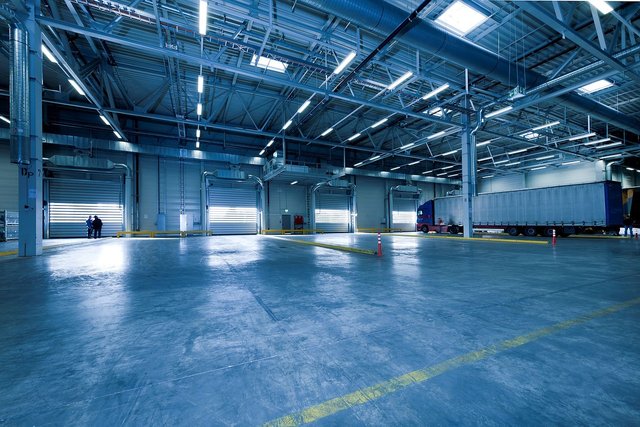Industrial doors play a critical role in maintaining safety, efficiency, and productivity in facilities. However, if not properly managed, they can become a source of accidents that compromise worker safety and disrupt operations. Preventing such incidents requires attention to both the equipment and its usage. This article outlines practical steps to minimize the risk of industrial door accidents.

How Can I Prevent Industrial Door Accidents?
Conduct Regular Maintenance
Maintenance is vital to the proper functioning of industrial doors. Over time, components such as rollers, springs, and sensors can wear out, leading to malfunctions that might cause accidents. Establish a consistent maintenance schedule to inspect and service all parts of the door.
Technicians should check for wear and tear, loose bolts, and misaligned tracks. For doors with advanced systems, such as puertas rapidas, it’s crucial to verify that safety features like motion sensors and automatic brakes are operating correctly. Regular upkeep helps to detect and address small issues before they escalate into significant problems.
Train Employees on Safe Usage
Improper use of industrial doors is a common cause of workplace injuries. Training employees on the correct operation of these doors is essential. Workers should know how to open and close doors safely, operate emergency stop mechanisms, and respond appropriately to warning signals.
Provide specific instructions on handling situations such as obstructions or power failures. For instance, if a door jams, employees must be aware of the procedures to follow to prevent injury while resolving the issue. Periodic refresher training ensures that safety practices remain top of mind.
Install Safety Features
Modern industrial doors are equipped with advanced safety features to minimize the risk of accidents. These include motion sensors, edge protection systems, and warning alarms. Motion sensors detect nearby objects or people, preventing the door from closing when an obstruction is present. Edge protection systems stop the door immediately if it comes into contact with an object.
If your facility uses puertas rapidas, confirm that their safety mechanisms are functioning effectively. Alarms or flashing lights can alert workers when the door is in operation, reducing the likelihood of accidental collisions.
Monitor Door Performance
Monitoring the performance of industrial doors can help identify potential issues before they lead to accidents. Keep track of how the doors are operating on a day-to-day basis. Unusual noises, slower-than-normal operation, or difficulty in opening and closing can signal underlying problems.
Supervisors should regularly observe door usage and assess whether workers are following safety protocols. By staying proactive, you can address problems early and avoid accidents that stem from neglect or misuse.
Implement Emergency Protocols
Accidents can occur even with the best precautions, making it essential to have clear emergency protocols in place. Equip all industrial doors with accessible emergency stop buttons or manual overrides that can be used in case of malfunction.
Conduct regular drills to familiarize employees with these protocols. Everyone should know how to respond to emergencies, whether it’s freeing someone trapped by the door or reporting equipment failure. Clear communication during such incidents can prevent minor mishaps from becoming major accidents.
Conclusion
Preventing industrial door accidents requires a combination of regular maintenance, employee training, and proper safety features. By keeping the area around doors clear, monitoring performance, and preparing for emergencies, facilities can minimize risks and maintain a safe working environment.